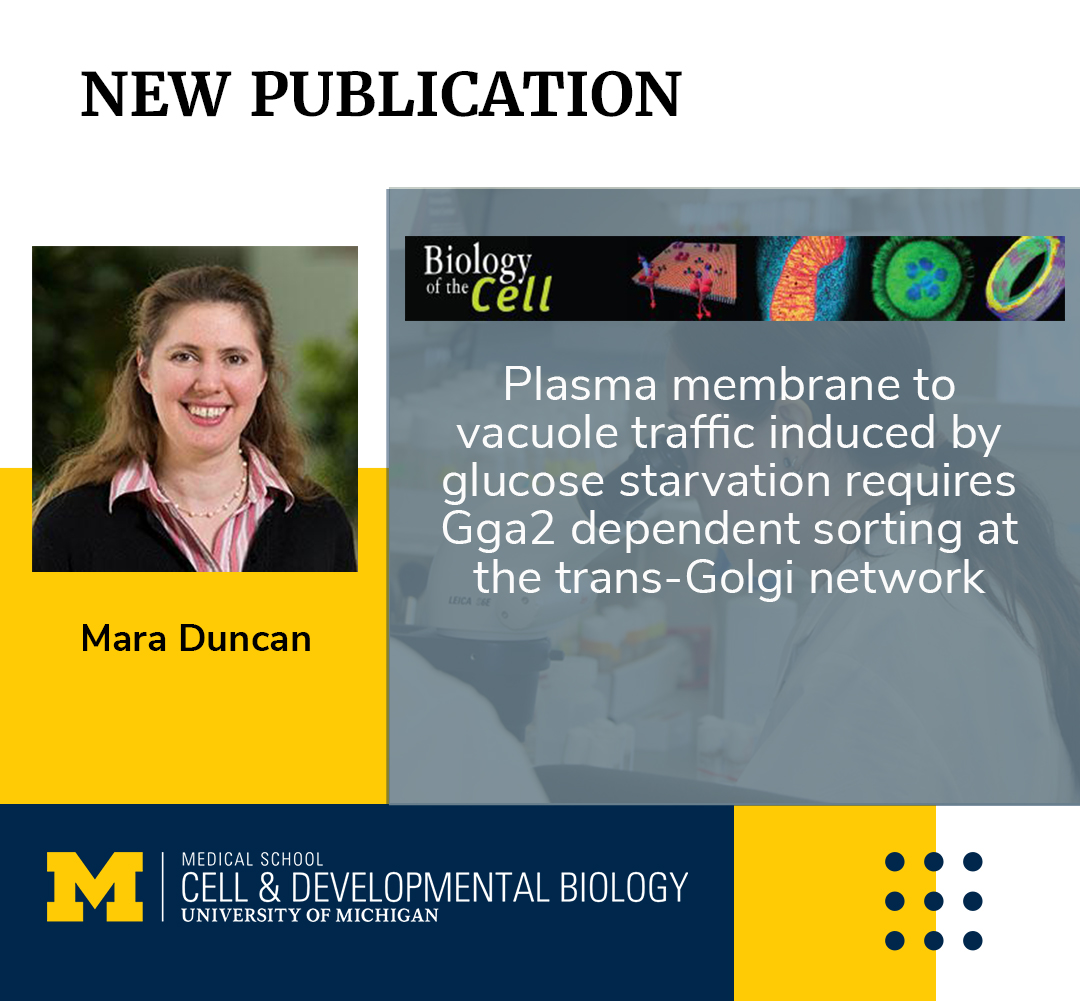
Abstract
Glucose starvation causes extensive endocytosis of plasma membrane proteins followed by their subsequent degradation in the vacuole. This process is critically important for cell viability during glucose starvation, but the regulatory mechanisms that control it are unknown. Normally, proteins destined for degradation are sorted from those that are to be recycled back to the plasma membrane at the trans‐Golgi network (TGN) by clathrin adaptors. However, glucose starvation changes the localization and post‐translational modification of the clathrin adaptors at the TGN. This raises the possibility that the proteins destined for degradation are routed to the vacuole by a novel mechanism that is unrelated to the TGN. To test this possibility, we investigate whether normal vacuolar protein sorting by the clathrin adaptors at the TGN contributes to the degradative response induced by glucose starvation. We find that plasma membrane proteins destined for degradation transit through the TGN during glucose starvation, similar to their behavior in the presence of glucose. We use ectopic de‐ubiquitination to show that recycling can occur at the TGN during glucose starvation, suggesting that find that glucose starvation involves active sorting at the TGN. Moreover, we find that the clathrin adaptor Gga2 plays an essential role in vacuolar protein sorting at the TGN in the absence of glucose. Together these results suggest that glucose starvation induces degradation through the same pathways that control plasma membrane protein degradation at the TGN in the presence of glucose.
